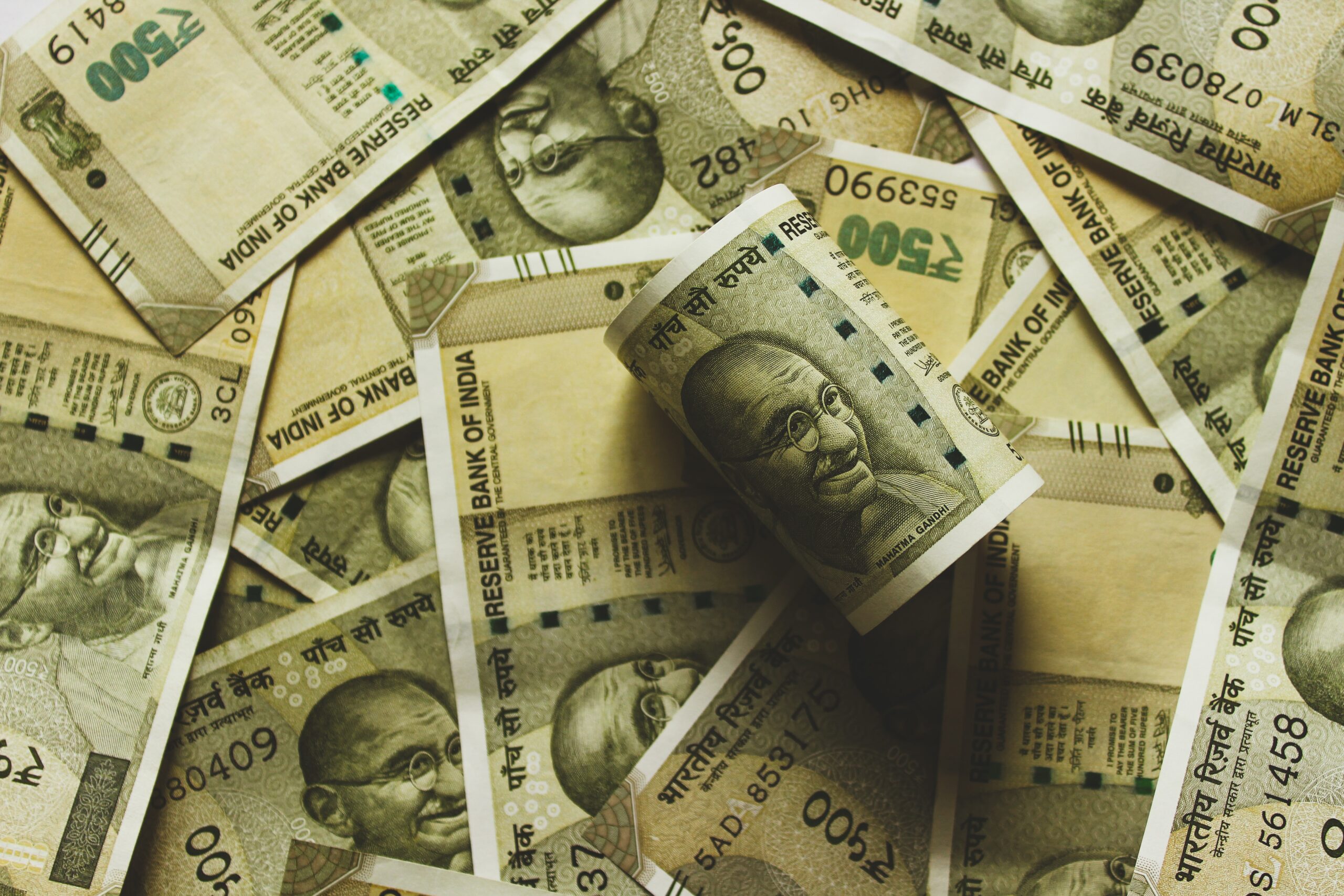Bank managers have no sense of how much money can be productively used by MSME borrowers in the current circumstances and are afraid to lend. If the MSME sector is to be revived, there would have to be transparency and coordination across all stakeholders.
My previous article in Freedom Gazette on India’s stimulus package received several comments, of which one came from a senior practising Chartered Accountant (CA): “Sir, please share ideas on how the economy can be revived and what steps the Indian government should take on priority.” Having been a banker all through my life, I felt that I should express my views in these columns as freely as I can. In this context, I’m laying out the suggestions below. I strongly feel that if these suggestions are translated into practice, the process will unveil a new and better path for solving the issues plaguing MSMEs.
According to available data, India has over 60 million MSMEs, employing over 150 million people. This is besides the 130 million people who are self-employed in micro sectors. Despite large-scale support given by the government and the RBI as part of COVID-19 relief – including the redefinition of different segments within the MSME sector – latest surveys and studies indicate that 35 to 40 percent of units are shut. Their partial or full reopening could take 6 to 12 months. The Rs 3 lakh crores in collateral-free loans and the Rs 50,000 crores of ‘fund of funds’ – all available at an interest rate of 9-10 percent per year – remain largely unused: Bank managers have no sense of how much money can be productively used by the borrowers in the current circumstances and are hence afraid to lend.
Extraordinary situations call for extraordinary solutions. If the MSME sector is to be revived, there would have to be transparency and coordination across all stakeholders.
A Tripartite System to Kickstart MSMEs
There are between 125,000 and 150,000 full-time practising chartered accountants (CAs) in India. These CAs cater to about 70 million taxpayers and also maintain client relationships with almost all MSMEs. It is the CAs and the branch managers of commercial banks who remain in constant touch with the MSMEs, day in and day out. There is nothing in any MSME – good or bad – which the CAs and Branch Managers are not aware of. In other words, it is impossible for any MSME unit to be functioning without their active knowledge.
My suggestion is that a tripartite system is created: All the MSMEs should be brought together with their concerned branch managers and CAs to draw out a practical plan for reopening. The issues to be considered should include:
- Status of existing loans and what needs to be done to prevent them from turning into NPAs;
- SWOT analysis of the MSME unit;
- Supply chain disruptions in terms of purchase of raw materials and sale of finished products;
- Bottlenecks in labour supply and a practical plan to remove these obstacles so that the required labour becomes available at no extra cost;
- Requisite governmental support;
- Additional funds required and how to provide the same without demanding additional security/guarantee cover from the borrower, so that credit becomes available in a simple manner henceforth
The structured meeting of the MSME owner, the bank manager and the CA should be held on the basis of a detailed format, to be prescribed by the government, the Reserve Bank of India (RBI) or both. The meetings should result in an agreement which contains a detailed assessment of the situation of that MSME, the funds required by it, and the plan for how those funds would be used. This agreement should also be assented to by higher authorities in the bank – and any doubts or questions should be clarified within a short span of not more than seven days.
The branch manager should then proceed to furnish the funds accordingly, with the approval of his superior authority; the CA should be empowered to function as a facilitator by an appropriate government order. The entrepreneur should not only agree to follow the terms under which the funds are furnished, but should also subject herself/himself to periodical review and inspection. If all or any one of the parties concerned are found to be in violation of the terms of the agreement, a penalty should be levied.
Such a transparent arrangement will ensure that bank managers do not face the threat of any harassment from higher authorities or investigative agencies at a later date. In the absence of such confidence, branch managers are unlikely to open the credit tap in the prevailing confusion. The whole arrangement – including the approval of the fresh credit limit – should not take longer than one month.
The CAs should be given appropriate remuneration for their involvement in this exercise. As radical as this may sound, it isn’t unheard of. In many countries, for instance, CAs undertake first-level tax assessment on behalf of the government and the system has been found to be quite satisfying.
Apart from making it easier to furnish loans, the tripartite meetings would also result in greater transparency on the situation of the MSMEs and the economy at large. These meetings would reveal many facts on the ground, regarding demand in the economy, the state of the supply chain, availability of labour and so on. All this information should be made public.
Last month, Prime Minister Modi launched a novel portal called CHAMPIONS to collate the concerns of MSMEs. The information from these tripartite meetings should be published under CHAMPIONS and monitored at regular intervals. The information would also be authentic and credible, given that it comes straight from the ground without political or other interference.
Dr. SSA Khader is an expert on finance and banking. He was formerly Chief General Manager of State Bank of India and served as Chairman of two leading banks in Indonesia.


